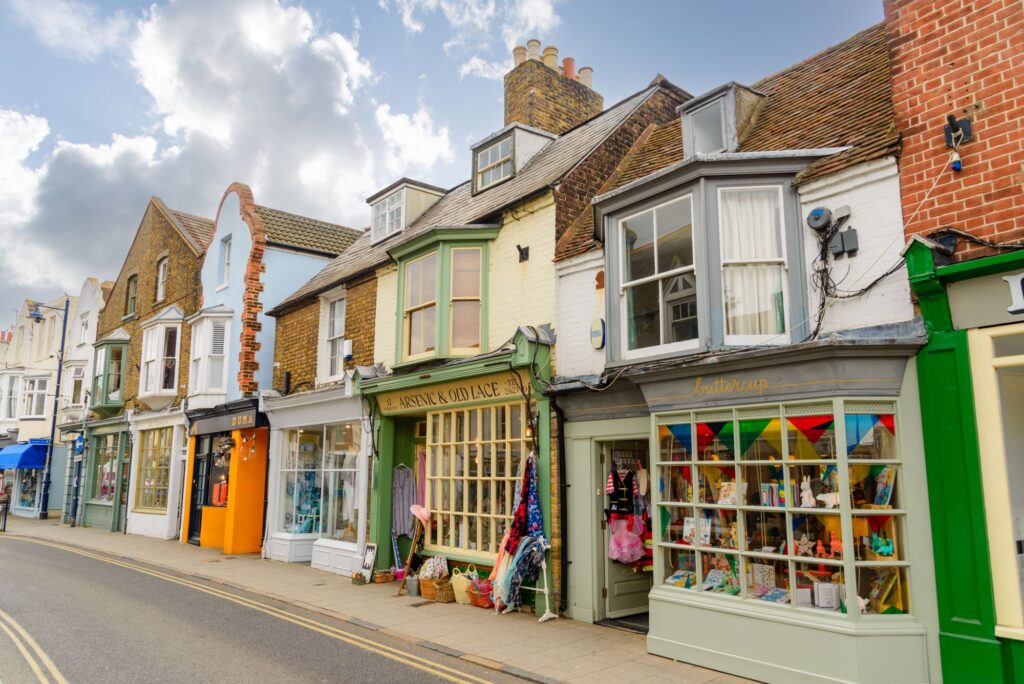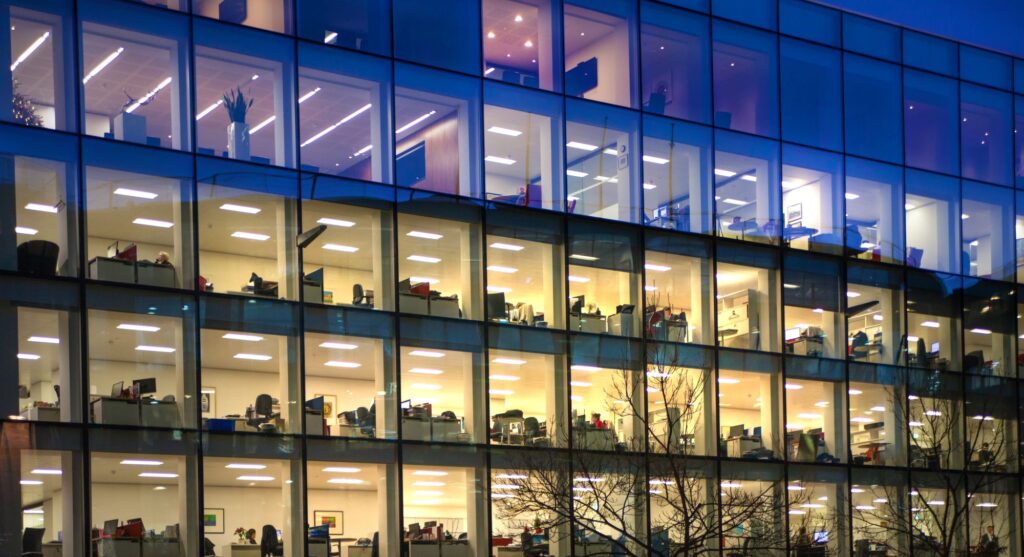The retail sector is enjoying a renaissance in its attractiveness as an asset class unseen for years thanks to a combination of price adjustments and lower interest rates, according to the latest research from Rightmove.
According to Rightmove’s Q2 2025 Commercial Insights Tracker, demand to invest in the sector was 35% higher compared to the same period in 2024. At that point, demand was 15% lower than in 2023.

High-street retail investment demand, which makes up a large proportion of the retail sector, is up by 56% compared to the same quarter last year, the highest this figure has been since 2021.
Interest rate cuts are a key driver of the bounce back in both retail investment and investment in commercial property more broadly. The Bank of England cut the base rate for the second time this year in May and further cuts are widely expected.
Decreasing supply levels in the retail sector may also be helping to boost demand for available listings. The number of retail properties available to invest in is down by 4% compared to last year and has been on a downward trend since the start of 2024.
Demand from businesses to lease retail space is also up by 10% compared to last year, signalling an improvement in businesses wanting physical retail spaces despite the growth of online commerce.

The Rightmove statistics follow a pan-European research project by global investment firm AEW, published in February, entitled The Long-Awaited Renaissance of European Retail.
It said that the vacancy rate for the best quality retail properties had stabilised at 3% in Q3 2024, down from 4% in 2020, although the shopping centre vacancy rate has increased over the same period. The report added that prime European rents for both shopping centres and high street retail are expected to return to 1.3% annual growth between 2025 and 2029.
More widely, the Rightmove research found that overall demand to invest in commercial property is up by 20% versus Q2 2024, further highlighting the growth in action from investors in the commercial property sector.
The office sector has seen a similar bounce back in investment demand to retail. Demand to invest in office space is now 65% higher than the same three-month period a year ago. Comparatively, at this time last year, this year-on-year trend was down by 13%.
As the conversation around in-person, remote and hybrid working continues, demand from businesses to lease office space is now 12% ahead of this time last year.
In London, demand to lease office space is 14% higher than this time last year, with some key office hotspots like Westminster (+29%) and the City of London (+21%) even higher.

Meanwhile, the industrial sector leads the way this quarter in both the leasing and investment sectors. Demand to invest in the industrial sector has more than doubled (+105%) compared with the same period a year ago, while demand to lease industrial space is up by 41%.
“The growth of the industrial sector has been one of the main stories so far this year, but we can see a resurgence to invest in retail and office space too,” said Andy Miles, Rightmove’s MD of Commercial Real Estate. “Rate cuts are helping investment into commercial property, and after a period of decline it appears that retail and office spaces are becoming more attractive to invest in.”
Rightmove’s Quarterly Commercial Insights Tracker analyses millions of data points from the largest and most engaged commercial audience in the UK in order to track supply and demand over time. Demand is measured by enquiries to commercial agents about listings for lease or to invest in via Rightmove.
Download the Q2 Insights Tracker
Other sources:
The Long Awaited Renaissance of European Retail (AEW)
Copyright © 2000-2025 Rightmove Group Limited. All rights reserved. Rightmove prohibits the scraping of its content. You can find further details here.